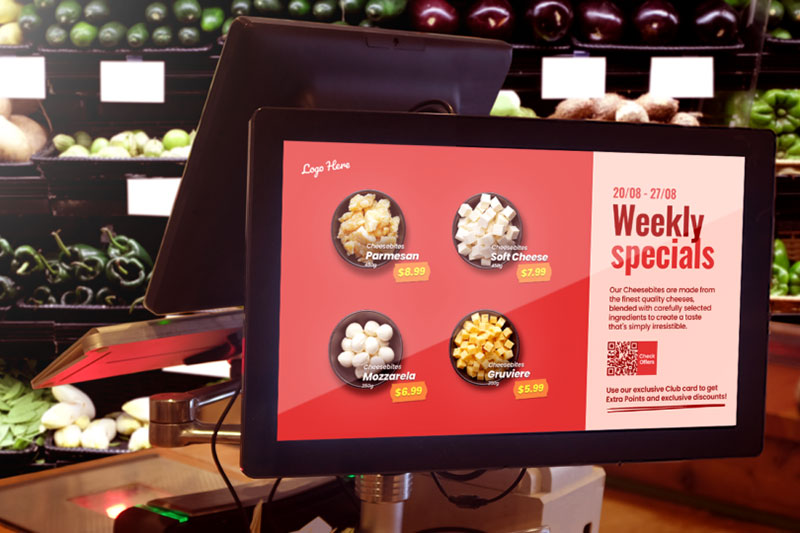
Yesterday, today or tomorrow, word-of-mouth marketing remains the most effective form of advertising. Why? Because it’s real and it doesn’t cost much! It can be as simple as a retweet, or continually sharing your knowledge with others that are in line with what a brand promotes.
The question is, how do we do it today?
1. Focus on wow experiences
To get people to talk about your brand, they need something worthwhile to talk about. But not all publicity is good publicity. There needs to be exceptional experiences that people can’t help but share with their friends, family and colleagues.
Disney World is an example of a brand obsessed with delivering unrivalled customer experience. The Magic Kingdom in Florida is their most visited theme park worldwide, with nearly 21 million visitors in 2019.

Source: Mickey Blog
Despite being located near a swamp, and hosting more than 55,000 people per day, guests don’t smell trash or swamp, nor are there any sightings of maintenance crew or garbage collectors.
Disney, to ensure that the magic never breaks for all its guests, goes to extreme lengths to remove any perceptible evidence that Disney World exists within a real, messy world – most notably by building an entire behind-the-scenes underground town (covering over 390,000 sq-ft) right underneath its parks.
This is what makes Disney World an experience that people talk about for years, and why it’s even a go-to destination for marriage proposals.
2. For niche markets, nano influencers are key
Influencer marketing is expected to hit USD $15 billion by 2022. People would rather take the word of influencers than big brands, so big brands have gone looking for the help of influencers on social media.
But not all influencers work the same way, and that really depends on the size of their follower count.
For brands that want to create awareness of their products and services, big influencers typically grant them a wider audience reach because of their massive follower count. But their content is less engaging for new, niche market products as big influencers come with celebrity status – they feel distant to the average person.

Source: HypeAuditor
What brands can do is leverage word-of-mouth from nano influencers (1k-5k follower count) to create much stronger engagement with niche audiences. Why? Because these personalities feel closer and more relatable to an average person – with the added advantage of clout and charm.
They’re more likely to be your next door neighbour, or your work colleague. So, when it comes to specific interests, their word-of-mouth as experts carry a lot more weight than the more generic appeal of big celebrity influencers.
3. Cultivate being hyper social on social media
Another great way for brands to generate word-of-mouth marketing is to use social media for its original purpose: being social.
Even with faces on their logos, brands are typically seen as de-personalized and detached from the general public. The good ones know how to get on social media and pull audiences to their products and services with slick campaigns and attractive deals.
The exceptional ones, however, know how to come across as an actual person.

Source: Twitter
Take Wendy’s for example; whoever’s in charge of the brand’s social media accounts knows how to trash talk other fast food chains in ways that feel genuine and are actually funny.
Of course we know that there is probably a team working behind that account rather than one witty commenter. The same goes for a popular local example, Nando’s.
Instead of being relentlessly cruel, the peri-peri-famed brand showcases a multifaceted personality in its social media postings. From impertinence to empathy, Nando’s is dynamic and sometimes unpredictable, but almost always entertaining. It does so while keeping a consistent tone across its content, so that it feels like we are witnessing one person behind the keyboard.

Source: Instagram
The one similarity shared between these two brands is the constant focus on being social. Tag other brands, respond uniquely to as many comments as possible, don’t be afraid to throw in some social commentaries.
Other brands may not have the same creative wit, and that’s okay! The most important part is to build momentum by being social in all the smallest ways, but to keep doing it. The aim is not to get everyone talking, but the right audience for your brand.
When it’s good, they’ll talk
Word-of-mouth marketing is an often overlooked and underutilized strategy for many companies. When it’s done right, word-of-mouth can be a powerful tool in your arsenal to drive sales. Most times that means taking the time to painstakingly create the right conditions for customers to want to share your brand to their network.
We are, after all, social creatures. If there is something that wows us, we oftentimes can’t help but to share it, especially if it benefits us directly. That’s why generosity has been proven time and again to work.
What are some of the best strategies that have gotten you talking about a particular brand or product?




